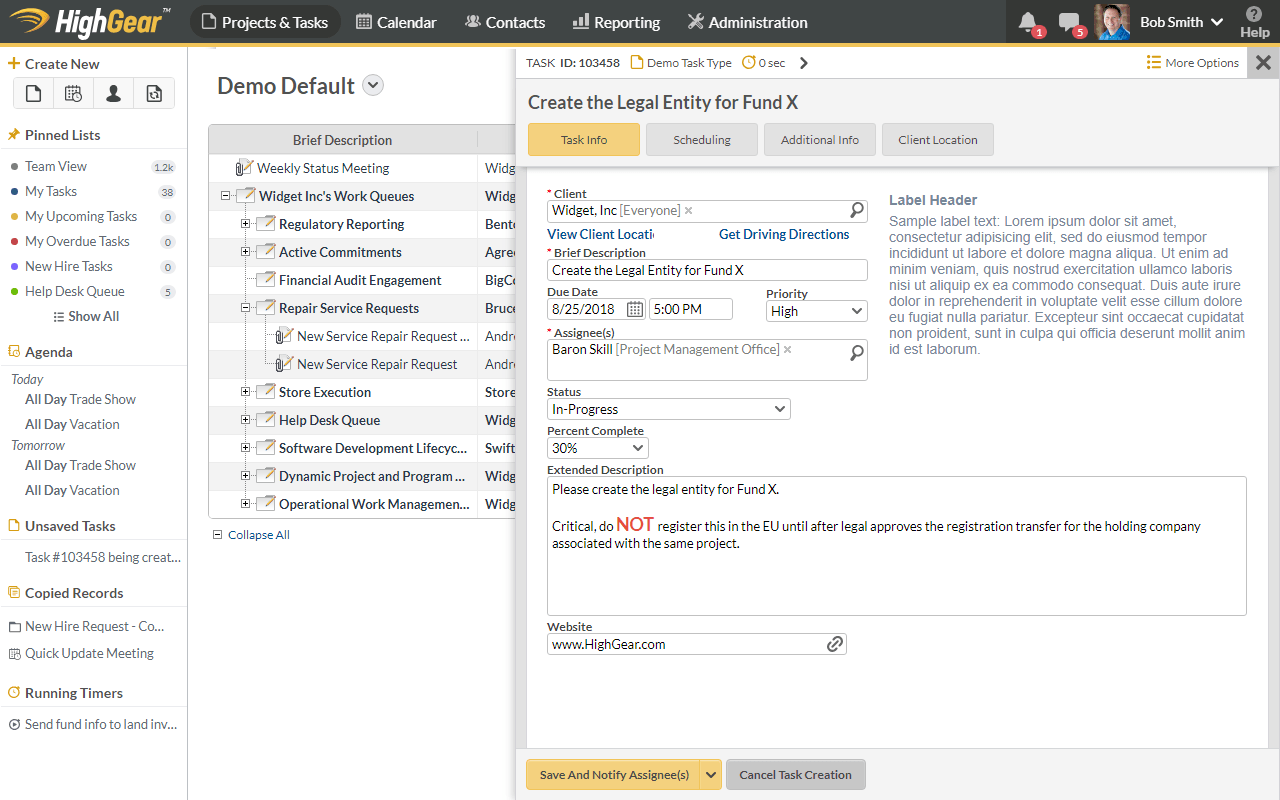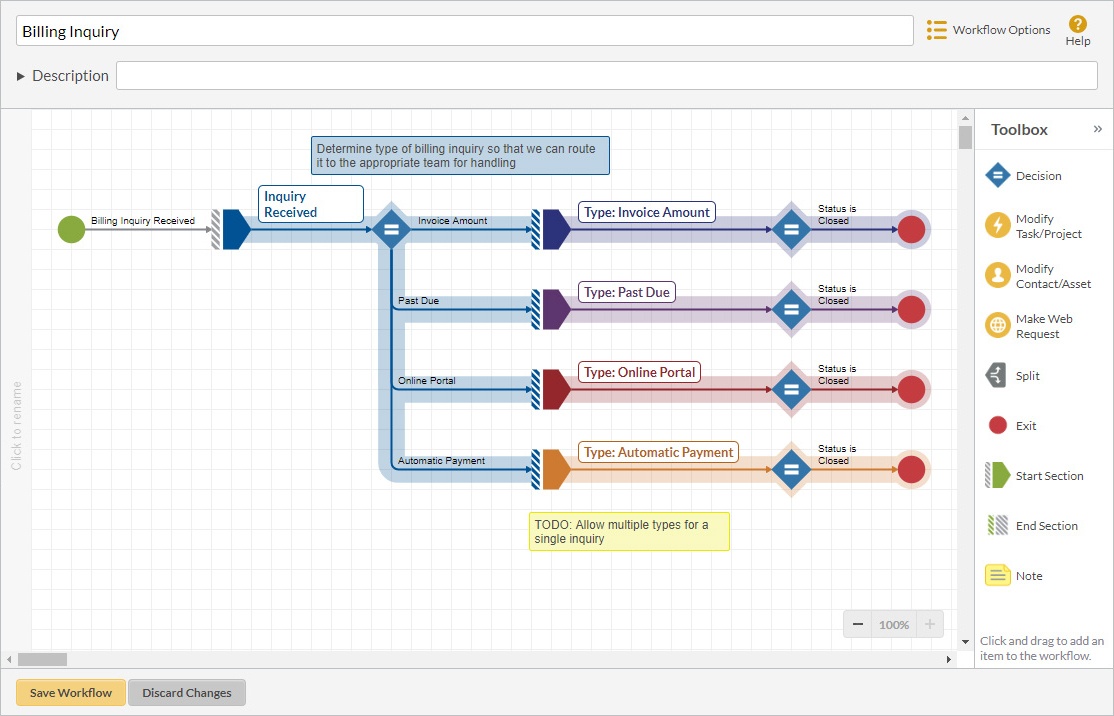I am in my fourth decade of work and I still must deal with the issue of procrastination on a personal level. While I have developed a highly-disciplined approach to work, and my grey hairs do indicate I can prioritize effectively, there are still some instances where I feel like I cannot be bothered!
I’m not alone in this, as apparently, we all suffer from this impulse to one degree or another.
What separates effective and productive types from the ineffective, under-performing, is how we manage to adopt anti-procrastination strategies and the work habits we develop and improve upon.
This is rather like some people being paralyzed by fear, while others experience the emotion, yet still function.
Most of the self-help literature and management texts dealing with procrastination do so from a personal level: how do I better use my time, get more stuff done and so on. Rarely do I see the issue of procrastination being tackled at a team, department or organizational level, and I believe this is because procrastination is viewed as a personal trait or habit, and not something that is displayed by groups of people or indeed affects organizations as a whole.
Procrastination is a personal problem, or life choice, and not an organizational matter.
I believe this to be very short-sighted, because the impact of procrastination at a personal level is extrapolated across the organization.
A delay on the part of one person or organizational unit, impacts the performance of everyone else connected to them, either because work is late arriving at the next stage in a process, or because it is a last-minute, rushed effort which leads to quality issues.
Before we can look at how a task management app can help with procrastination, let’s take a look at some of the causes of it.
Why Do We Procrastinate?
Personally, I believe there are two fundamental causes of procrastination:
- The passing of the buck to the future self; and
- The desire or need for the adrenaline rush of needing to get work done to meet an impending deadline.
There are plenty of self-help and time management articles on what fuels procrastination, but I believe the two primary causes are those above.
To be clear, I am not confusing putting something off due to prioritization rather than procrastination – sometimes we do need to relegate important work because it just is not important enough given limited resources and time.
The main drivers of procrastination, i.e. what makes someone more disposed to procrastinate include:
- Poor organization and lack of work structure.
- How boring or unpleasant a task is.
- The timing between performance and reward, for instance why do something today for which I will be rewarded next year as opposed to a task I am rewarded for next week.
- Anxiety levels and fear of failure.
- Lack of self-confidence, which is closely tied to fear of failure.
[For more reading on this I suggest these two articles from Psychology Today – Smashing the Brainblocks and Common Reasons We Procrastinate]
Task Management Apps as an Organizational Solution
I have been a devotee of Brian Tracey for over 20 years, and I used his time management resources a great deal to hone my time management and work prioritization skills. I highly recommend this piece from Brian here:
I’ll summarize Brian’s 8-point anti-procrastination strategy here:
- Manage and organize tasks on paper.
- Fully prepare for each task.
- Take small steps to manage your tasks.
- “Salami Slice” your tasks.
- Select a 5-minute task and start there.
- Do the task that causes the most fear or anxiety.
- Start the day with an unpleasant task first.
- Think about negative consequences if you don’t finish.
This is obviously aimed at the individual and I suspect the use of paper for point 1 does date this somewhat, however, we can deliver these strategies and tactics such as these at the organizational level for use by the individual. More than this, we can use a task management application to impose these behaviors, within set boundaries as strict or as loose as we like, such that individuals and teams do adhere to more effective work habits.

At the heart of any decent task management solution will be the ability to generate single- and recurring-tasks, structured in such a way to follow preset business rules and policies. A better task management application will also allow the users to prioritize tasks themselves, or to have workflow trigger prioritization automatically, including escalating priority of a task, or re-assigning the task altogether to a supervisor or other team member.
In this way, task management software automatically builds in organization and work structure for users.

Taking this further, by utilizing task management with workflow, each building block of work, i.e. the task, can flow through your business processes with all of the relevant documentation attached to it, including any documentary notes from previous contributors in the workflow. This may take the form of custom forms which are presented and completed as work items progress through workflow, or may include the ability to upload and attach digital files, such as PDFs or even photographs of work items. Such attachments may even be set as a mandatory requirement to be completed before the task may be marked as closed and passed to the next workflow step.
The result of this is that as each task arrives in to a worker or team, the task management application is ensuring that all relevant and required information is conveyed with it. This means that there is no wasted time, or opportunity to delay getting started on the item, because the workers don’t have the right form or the right data, so they’ll wait until they see “Bob” in the next meeting to follow up on this. Instead, everything is in one place along with the work item, and in the more advanced applications, such as HighGear, this may include the provision of resources required to perform work on an item. Resource utilization allows for not only the tracking of assets, but booking time to use shared resources, whether it be a conference room or heavy machinery.
The bottom line is that the task manager automates not only work, but the preparation for getting work done.

The ideal workflow will break down every step in the process into its constituent parts, and this goes a long way to eliminating shadow processes within them. However, breaking everything down to its most granular component may not be appropriate for some types of workers, for instance knowledge workers where the exercise of judgment is inherent in the value they deliver. You may also have a drive for granularity because of other factors, such as the need to comply with regulations or compliance policies, in which case more detail may be desirable, if not required.
A good task management application will allow you to break down work into even its most basic components, and do this in a way in which your business operates. When you are designing workflows, you will be looking to maximize the effectiveness with which work flows through your organization, but this is also an opportunity to create and design workflows for your people. In certain instances, a detailed breakdown of work may need to be done, e.g. for compliance reasons, but you can also look at breaking down work into smaller task units not because of a rule of efficiency formula, but because this helps your workers to tackle work itself.
In this way, you can adopt both the “Salami Slice” and 5-minute task tactics discussed by Brian Tracy, and do so organization-wide.
Whether you would, or should, impose rules that require workers to start their day with an unpleasant task is debatable, and I have nothing to add here. I also doubt we as managers can identify specific tasks that organizationally create or instill anxiety in workers (there may be some exemptions, but what creates anxiety in one worker may create euphoria in another).
Finally, I do not think it is an appropriate use of a task management application to instill fear in workers for not completing a task. This strikes me as Orwellian, and something only a poor management team would employ. For this reason, I don’t see a role for task management apps as a “fear creation” tool, though by effectively delivering positive results, they can be used to reinforce positive feelings that emerge from getting the job done, and done well.
Fundamental Procrastination Drivers and Task Management
My personal opinion is that procrastination itself stems from poor work habits and organization, and also from the lack of interest factor in a piece of work.
How does a task management platform tackle these drivers?
I think it is self-evident by now that enterprise task management applications instill organization of work, and impose that structure in some fashion on the users. In short, task management apps create organization out of chaos, and establish a work structure that is clear and must be followed, but one which is also compliant with the standards of the organization.
But what if the task really sucks!
Personally, I hate invoicing – invoicing may be the means by which I tell my clients to pay me, but frankly, it is the most mundane, boring part of my job ever!
I have two thoughts on this:
First, automate the work – I don’t need to be creating invoices myself, I have my task manager do it for me. Not only is my most mundane, hated task in my monthly work cycle eliminated from my hands, there is a fully automated system of collection of all of the data required, plus the storing of the final invoices, as well as the automated notification of the invoice with my customers.
In a digital environment, the mundane can be automated effectively, saving costs and improving efficiency.
But, boring work cannot always be automated away from bored people: sometimes, a worker will just have to get their hands dirty.
This leads to my second thought on this issue, and it is that being constantly reminded, or ‘nagged’, by a task manager is a good thing. It is a case of the squeaky wheel gets the oil, and users are far more likely to get to grips with low interest tasks if the system is elevating them to a more critical status, or notifying their supervisor.
An enterprise task management solution is ideal in this regard, because the level of ‘nagging’ or reminding workers of the need to perform a task can be controlled by management. Ultimately, the trigger points for escalation and reallocation of work can also be automated, which means the user cannot hide what they are doing or not doing. Again, this sounds Orwellian with Big Brother Watching You, but accountability does lead to productivity, and perhaps there are more fundamental reasons for delays than simple procrastination.
An interesting counter-point to my position is found in this post by Aaron Couch, a user of a range of task management solutions (though I believe he comes more from a personal time management perspective than I do in this article.
Summary
Procrastination is not simply an individual problem, but one which affects organizations in their entirety.
Enterprise task management applications can tackle the root causes of procrastination, but they differ from the time-management or self-help approach advocated by many writers and advisors.
Lean BPM platforms such as HighGear include task management, workflow, resource utilization, and other functionality that allows management to create workflows and business processes which cut out the triggers of procrastinating behavior.
HighGear and other enterprise task management apps are also able to counter procrastinating behaviors through greater visibility and accountability, at the individual, team, department or organization-levels.
